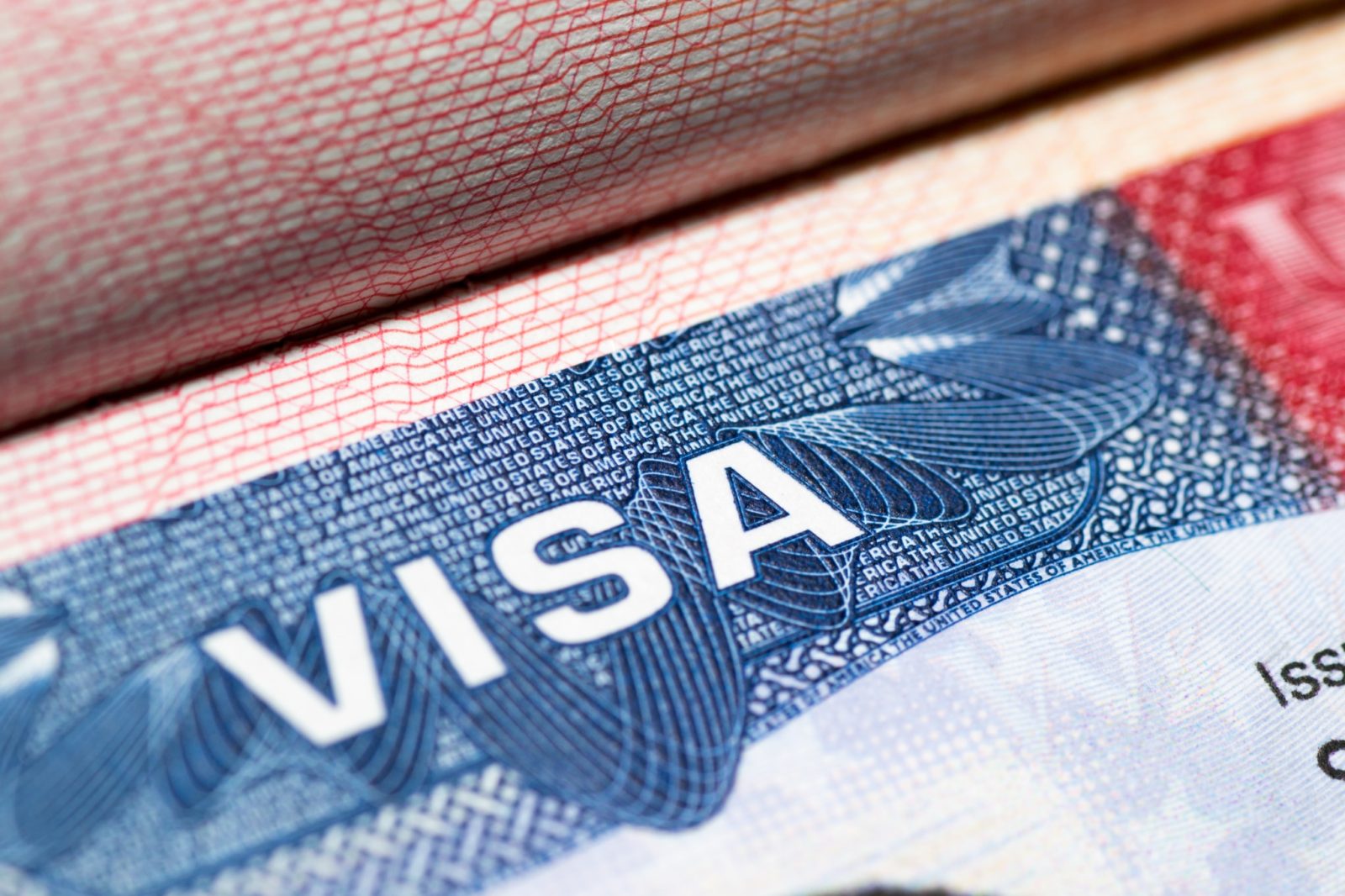Most citizens of a country can travel across other countries without needing a visa. These ports include the airport or port where you leave the country and the country you want to enter. For example, if you are traveling from Delhi to Mumbai, then you need an Indian Visa and not a US Visa when traveling through Mumbai.
Introduction
INDIAN VISA PORTS OF EXIT of exit are the airports in India from which tourists can leave the country. The visa ports of entry into India are the major land border crossings into the country, and these include airports in Mumbai, Delhi, Kolkata, and Chennai. The visa ports of exit are designated for tourists who are visiting India for tourism or business purposes and who need to leave the country within a certain period of time.
Foreigners who need a tourist visa to enter India must obtain it at a visa port of entry. Tourist visas are valid for six months and can be extended up to one year. If you are visiting India for business purposes, you will need to obtain a business visa at a visa port of entry. Business visas are valid for one year and can be extended up to two years.
Visa requirements for foreigners vary depending on your nationality. Most foreigners require a passport that is valid for at least six months after your planned departure from India. You will also need a visa if you are traveling with any children who are under the age of 18 or if you are traveling with a spouse or partner who is not an Indian citizen.
How to Apply for an Indian Visa
If you are travelling to India, then you will need to apply for an Indian visa prior to your departure. There are several ways to apply for an Indian visa, and the process can be a bit confusing, so we have compiled a list of the most common methods below. INDIAN VISA FOR AUSTRALIAN CITIZENS
- Apply Online: The quickest and easiest way to apply for an Indian visa is to do it online. You can access the online application system from any computer with internet access. Just follow the simple steps outlined on the website and you will be ready to go.
- Apply Through A Travel Agent: If you don’t have access to internet or want to take some of the hassle out of applying for your visa, then you can apply through a travel agent. These agents will take care of all the paperwork for you, including filling out the online application form and providing all the necessary documents. This is the recommended method if you have limited time or want some help in applying for your visa
- Appear In Person At A Visa Office: If you are available in person at a visa office during regular business hours, then this is the preferred method of applying for an Indian visa. Many
What is the Process?
The process of obtaining an Indian visa is quite simple, if you are a citizen of a Schengen country or a visa-exempt country. The application process can be completed in just a few steps:
- Fill out the online form at the Indian embassy website.
- Download the visa application form and complete it correctly.
- Take photographs that meet the requirements and include both front and back views of your passport, ID card and driver’s license.
- Mail all required documents to the embassy along with the original application fee (which can be paid by credit card or bank transfer).
- Wait for your visa to be issued. Processing times vary, but most visas take around two weeks to arrive in your mailbox.
Traveling in India with a Visa
A visa is not required to enter India for most nationals of the Schengen Area, which includes most of Europe. However, some countries do require a visa for travel to India. If you are not a national of one of the Schengen Area countries, you will need to apply for a visa in advance.
To enter India with a visa, you will first need to get a visa application form from your local Indian embassy or consulate. You can find more information about applying for a visa on the Indian government website. After you have completed the application form, you will need to submit it along with your passport and two photographs to your local Indian embassy or consulate. The processing time for a visa may vary depending on the embassy or consulate you visit. It is important to note that if you do not have a valid passport when you arrive in India, you will not be able to travel and will have to return home and apply for a new visa.
Conclusion
If you are planning a trip to India and would like to know the best visa ports of exit, read on. India is a vast country with many different regions, each with its own customs and visa requirements. Knowing which port is right for you can make the process of getting a visa much easier. I’ve included information about the top five Indian visa ports of exit below so that you can get started on your journey.
